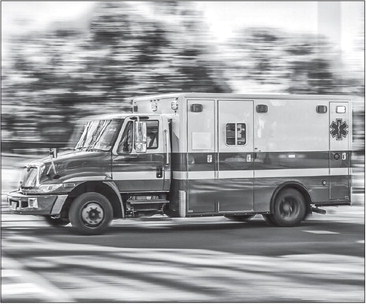County-wide EMS will be on agenda


Public safety committee will consider study in March
Two representatives from the South Area Fire and Emergency Response (SAFER) board las...


Public safety committee will consider study in March
Two representatives from the South Area Fire and Emergency Response (SAFER) board las...